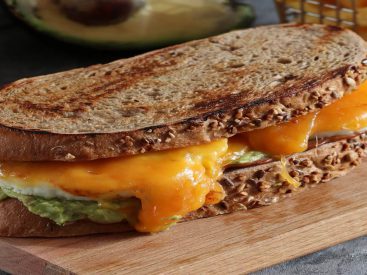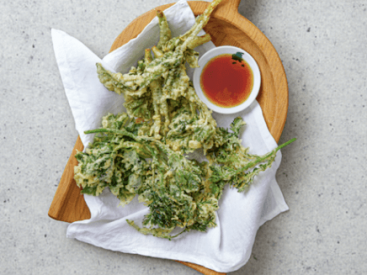At its heart, Passover is all about tradition and repetition. The entire purpose of the holiday is to remember—to look back at the history of the Jewish people and to tell the story of the exodus from Egypt using exactly the same words and symbols year after year. But […]
Delicious!
Delicious!



